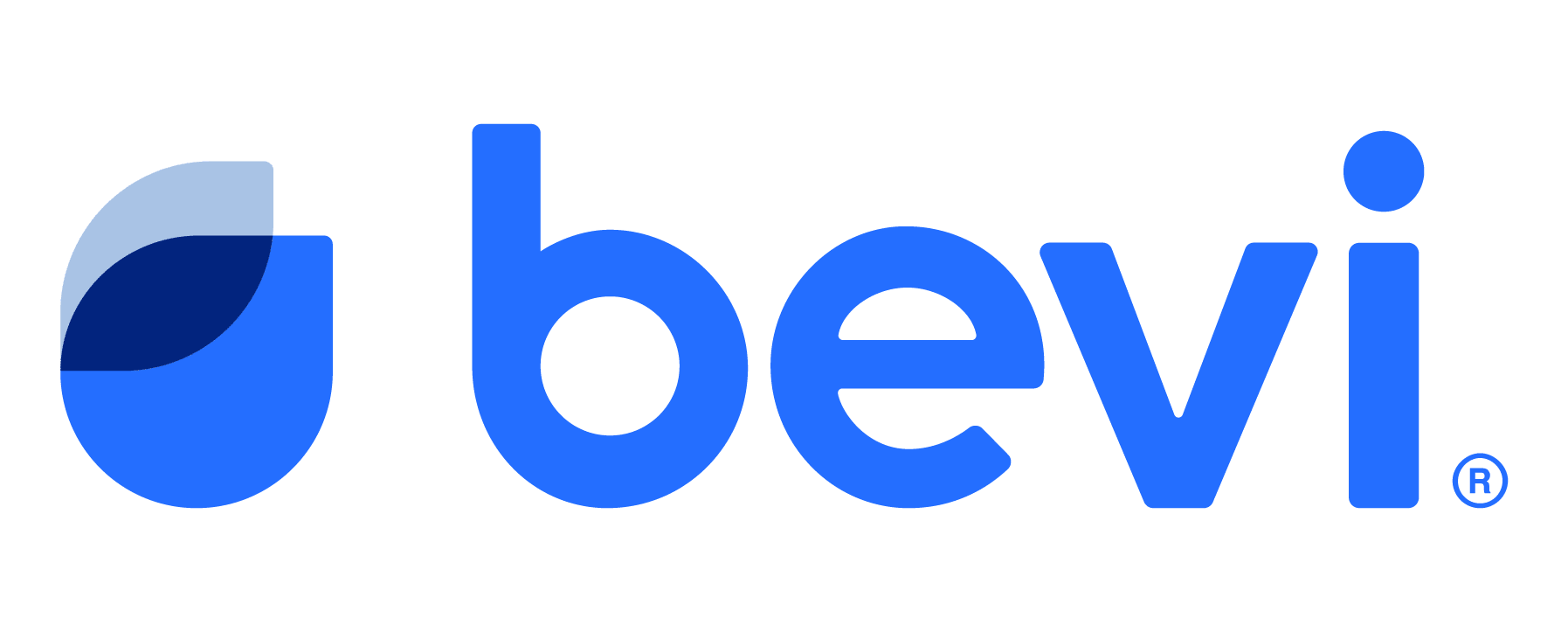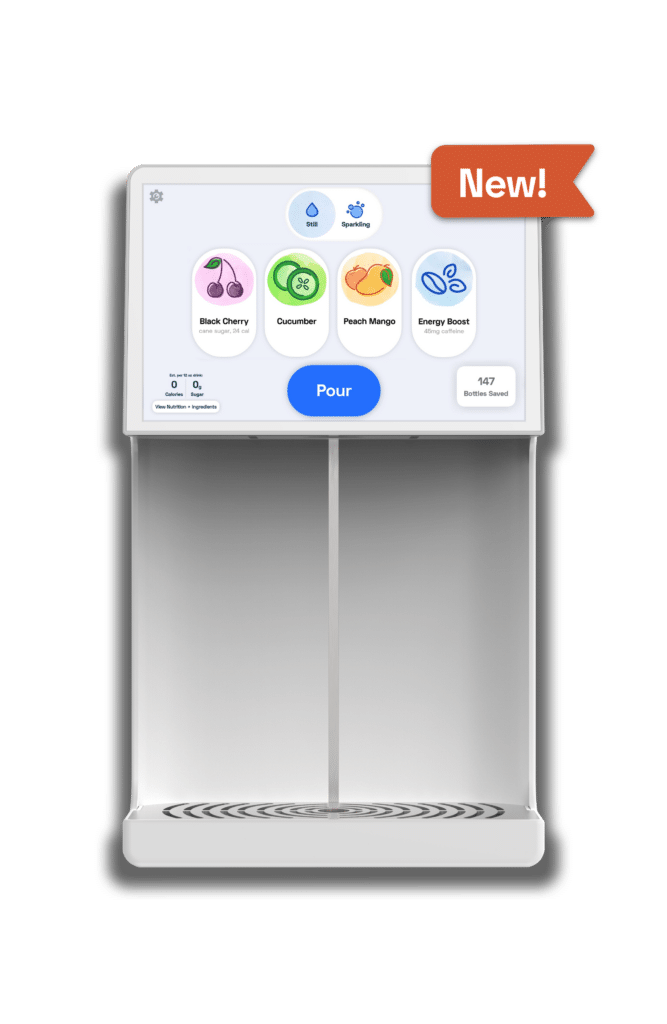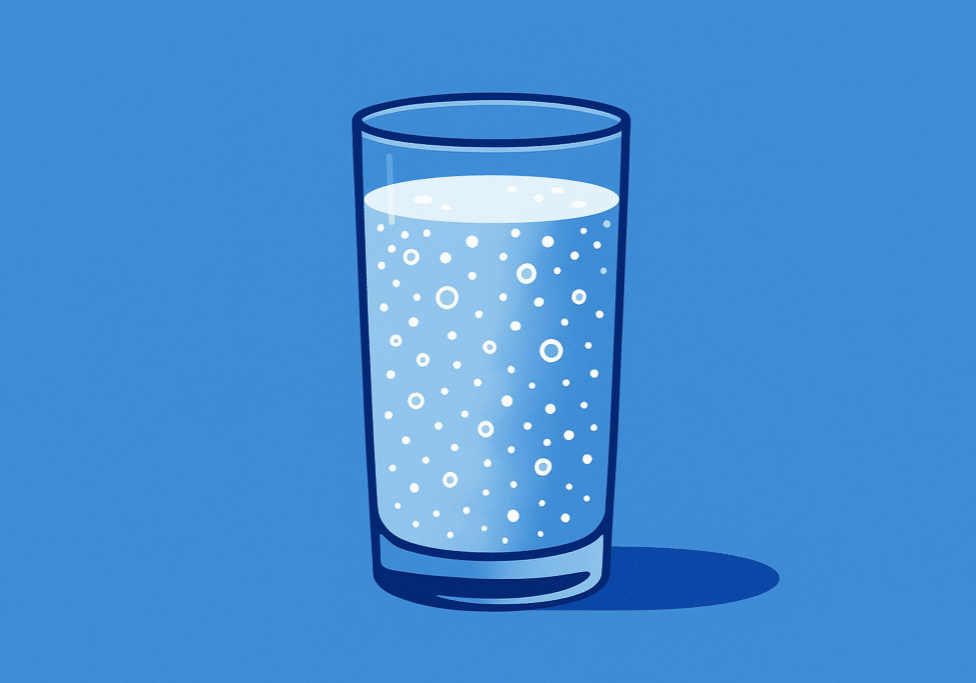June 11, 2024. In recent years, sparkling water has surged. Offering a refreshing and healthy alternative to sugary sodas and juices, it may be the perfect beverage for our era, aligning with the modern ethos of wellness, sober curiosity, and natural consumption.
Sparkling water’s share in the market is rapidly growing. According to Brainy Insights, the sparkling water industry is currently valued at over $30 billion, and growing each year. Every time you go to the grocery store, it may feel like a new flavored or unflavored brand has popped out of nowhere.
As with any trend, it’s natural to wonder: How much sparkling water is too much? While it can be a great addition to your hydration routine, there are a few considerations to keep in mind to ensure it remains a beneficial part of your diet.
What is sparkling water?
Sparkling water, also known as carbonated water, is water that has been infused with carbon dioxide gas under pressure. This process creates the characteristic bubbles for a fun and fizzy beverage. There are several types, including:
- Seltzer: Plain water with added carbonation.
- Club Soda: Carbonated water with added minerals like sodium bicarbonate, sodium citrate, and potassium sulfate.
- Sparkling Mineral Water: Naturally carbonated water from a spring or well, containing various minerals.
- Tonic Water: Carbonated water with added quinine and sweeteners, often used in cocktails.
Can sparkling water help with weight loss?
Yes, indirectly. It won’t help you burn calories, but it can promote a feeling of fullness, aid in time-restrictive eating, and better manage cravings. If you’re consuming to soda, juice, or other beverages high in sugar and calories, switching to sparkling water will help to make a positive impact on your health. Many weight loss coaches recommend it as a part of a weight loss plan.
Compared to still water, sparkling water can reduce hunger cravings: a study of nineteen healthy women found that those who drank a bubbly beverage reported higher fullness scores.
Also, overall hydration is crucial for weight management, as it helps regulate your body’s metabolism. Staying well-hydrated can enhance your energy levels and improve physical performance during workouts, making it easier to stick to your fitness routine and achieve your weight loss goals.
Of course, the weight loss benefits of this beverage will be strongest when accompanied with regular exercise and a balanced, calorie-restricted diet.
Can sparkling water help with bloating?
The jury is mixed on this one. In moderate quantities, sparkling water can help move gas out of the system, alleviating bloating and nausea. However, excessive consumption can lead to gas and an uncomfortably full-feeling stomach.
As with anything, it’s important to pay attention to how you’re feeling. With Bevi machines, which provide refreshing still, sparkling, flavored, and enhanced beverages on-demand, users can customize the carbonation level of their beverages, enabling them to enjoy fizzy drinks throughout the day without the risk of overindulgence.
Is sparkling water better than still water?
Sometimes. Sparkling water can be a good option for people who find plain water too boring, promoting hydration and offering a healthy alternative to sugary soda. If weight loss is your priority, sparkling water may be your best option. Its bubbles can help increase feelings of fullness, reducing cravings and helping you make healthy meal-time decisions.
On the other hand, research shows that the thirst-quenching crispness of sparkling water may prevent people from drinking as much water as they would otherwise, by enhancing feelings of satiation early on.
Whatever your beverage of choice, make sure you’re staying adequately hydrated. Even mild dehydration can cause lethargy and increase your risk of more serious health problems.
How much water should you drink per day?
Doctors generally recommend that adults drink between 11.5 and 15.5 cups a day. While this is a good baseline, individual needs vary, depending on factors like how much you exercise and how hot it is outside. Focus on hydrating at the same time of day, every day, to make it a habit. You can and should drink water right after waking. Keep in mind that what you eat can change how thirsty you feel, with high-fat and high-sugar foods weakening your thirst sensitivity. Urine color is usually the best indicator of hydration; if your urine is light yellow or colorless from the middle of the day until you go to bed, your water consumption is likely adequate.
Tips for a balanced sparkling water experience
Listen to your body
Pay attention to how your body reacts to sparkling water. Drink it in smaller increments than you would still water. Discomfort, such as bloating or gas, is normal, and can be a sign to cut back. For most people, drinking sparkling water can be a delightful sensory experience that doesn’t feel any different from drinking regular water.
Monitor additives
Keep an eye on the ingredients in flavored sparkling water. Opt for varieties with no added sugars or artificial sweeteners.
Avoid plastic bottles
Beverages packaged in plastic bottles will have some level of unhealthy microplastic contamination. Avoid them and opt for aluminum cans or glass bottles—or better yet, if it’s available to you, go with sparkling water right from a water dispenser.
Keep an eye on sodium consumption
Some flavored sparkling waters might have up to 35 mg of sodium per liter. While this is still quite low (the FDA recommends that the average adult consume no more than 2,300 milligrams of sodium per day) compared to other beverages, it can come as a surprise to those with high blood pressure or diabetes who are working to eliminate as much sodium as possible from their diets. Always check nutrition labels; on a Bevi machine, you are always one tap away from seeing this information for all flavors and enhancements.
Hydrate sustainably
When water—sparkling or still—comes in a plastic bottle or aluminum can, it has a huge environmental and human health impact. Each year, billions of these containers are produced, but less than 30% are recycled, leading to widespread pollution in our land and oceans. By opting for a Bevi dispenser, you’re taking a huge leap in eliminating unnecessary waste in your workplace or commercial space and enjoy your sparkling beverages without fretting about your footprint. Learn more and join us in unbottling the future.






